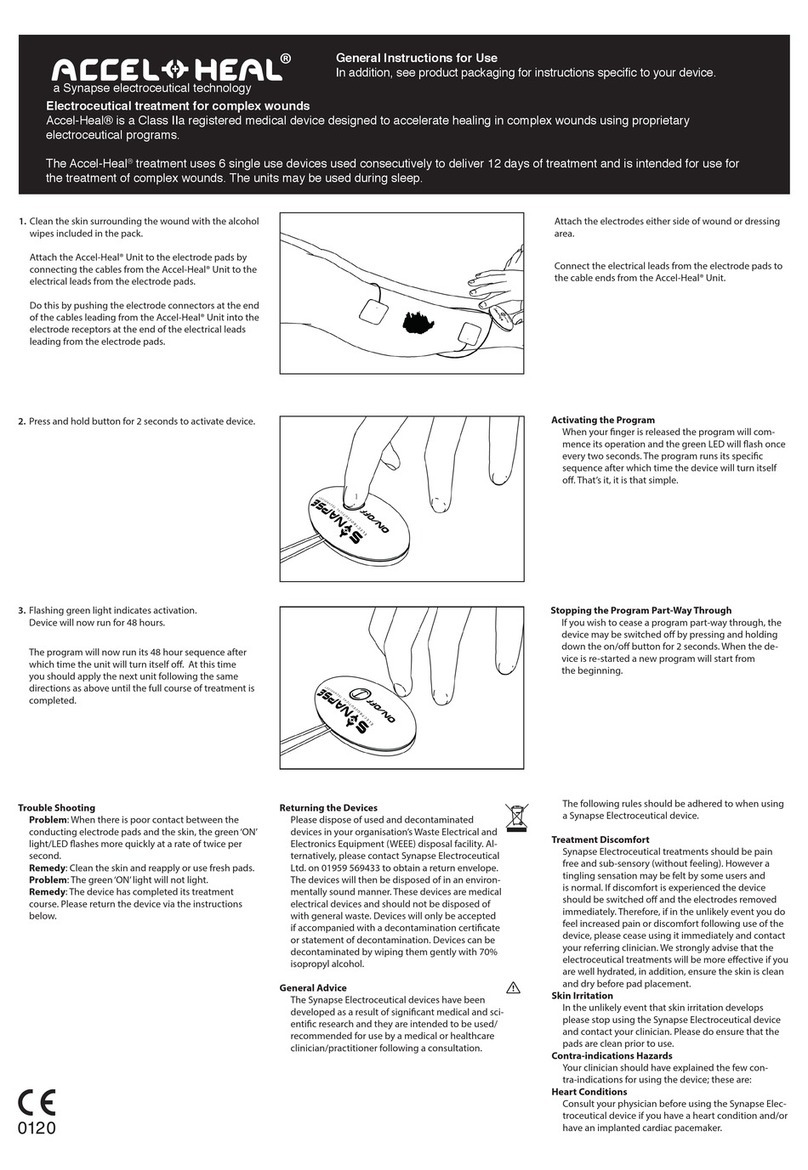
2
TABLE OF CONTENTS
GLOSSARY OF TERMS .............................................................................................. 3
DEVICE DESCRIPTION .............................................................................................. 5
CONTRAINDICATIONS ............................................................................................... 8
INDICATIONS FOR USE ............................................................................................. 8
INFORMATION ON CONDITION OR DISEASE .......................................................... 8
WARNINGS AND PRECAUTIONS .............................................................................. 9
RISKS AND PROBABLE BENEFITS ......................................................................... 12
ALTERNATIVE PROCEDURES AND TREATMENTS ............................................... 17
BEFORE SURGERY: WHAT TO EXPECT ............................................................... 18
SURGERY: WHAT TO EXPECT ............................................................................... 18
AFTER SURGERY: WHAT TO EXPECT .................................................................. 19
FUNCTIONAL FEATURES ........................................................................................ 20
CONDITIONING SESSION ........................................................................................ 22
CONDITIONING WARNINGS .................................................................................... 25
BATTERY INSTALLATION ........................................................................................ 25
ALARMS .................................................................................................................... 28
CARE OF PATIENT CABLE ...................................................................................... 28
CARE OF THE EXITING ELECTRODE WIRES ........................................................ 29
CARE OF EXIT SITES AND CONNECTOR .............................................................. 29
CARE OF EXIT SITES ............................................................................................... 30
HOW TO SHOWER OR BATHE ................................................................................ 34
CLEANING OF COMPONENTS ................................................................................ 35
TROUBLESHOOTING – NeuRx® EPG ...................................................................... 35
BACKUP INDIFFERENT ELECTRODE INTERCONNECT ........................................ 38
CLINICAL STUDIES ................................................................................................... 41
WARRANTY STATEMENT ........................................................................................ 41
TRAVELING WITH THE NeuRx DPS® ....................................................................... 42
SERVICE ................................................................................................................... 42
REPLACEMENT PARTS ........................................................................................... 42
STORAGE AND DISPOSAL OF PARTS ................................................................... 42
SPECIFICATIONS (DETAILS OF DEVICE OPERATION) ......................................... 43
LABEL SYMBOLS ...................................................................................................... 44
USER ASSISTANCE .................................................................................................. 45




























